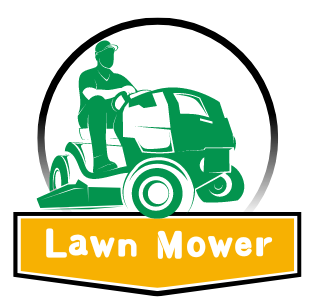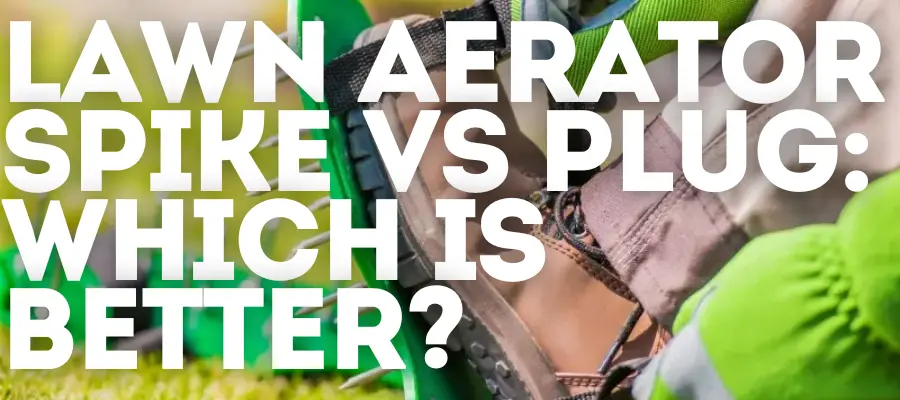Imagine stepping out onto your lawn and feeling a soft, spongy surface beneath your feet. That dream of lush, green grass is achievable, but it requires more than just a regular schedule of watering and mowing.
One of the key practices in achieving a healthy lawn is aeration, an often underestimated but essential lawn care task.
But the question arises: “Lawn aerator spike vs plug: which is better?” This topic is more than just a matter of personal preference; it’s about understanding your lawn’s specific needs and how these tools can meet them.
What is Lawn Aeration?
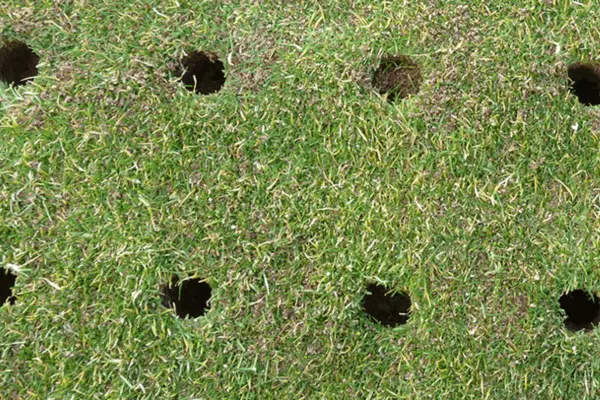
Lawn aeration is the process of perforating the soil to allow air, water, and nutrients to penetrate the grassroots. This practice helps to alleviate soil compaction, improve drainage, and promote healthier lawn growth. The primary goal of aeration is to create a favorable environment for grassroots to thrive.
Types of Lawn Aerators
When it comes to aeration, two main types of tools are commonly used: lawn aerator spike vs plug. Each has its unique method of aerating the soil, and understanding these differences is crucial in making an informed decision.
Spike Aerators
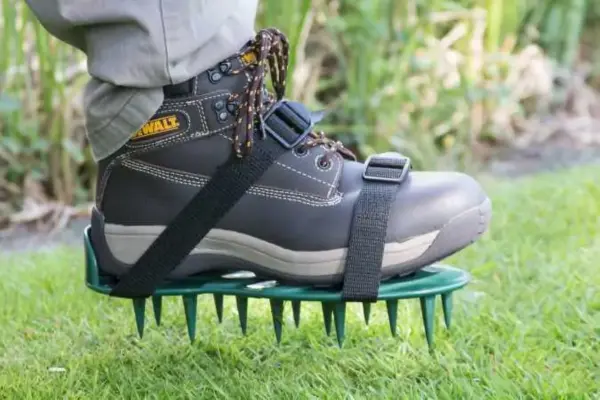
A spike aerator, as the name suggests, uses solid spikes to poke holes into the ground. This method is akin to taking a fork and puncturing the surface of the soil, creating channels through which air, water, and nutrients can flow. Here’s what you need to know about spike aerators:
Ease of Use: Spike aerators are often easier to use and can be operated with simple tools like a pitchfork or even spiked shoes.
Affordability: They are generally more affordable and accessible, making them a popular choice for small lawns or those on a budget.
Quick Fix: Spike aeration can be a quick solution for lawns needing immediate attention or moisture infiltration.
Plug Aerators
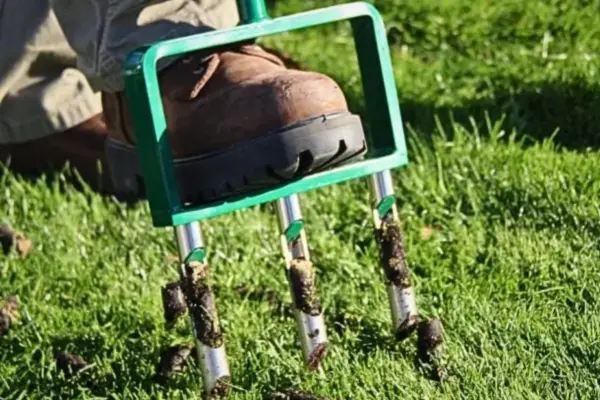
Plug aerators, also known as core aerators, work by removing small plugs or cores of soil from the lawn. This process creates larger holes and is considered more effective for several reasons:
Relieves Soil Compaction: By removing soil plugs, plug aerators significantly reduce soil compaction.
Promotes Healthy Growth: The removed plugs allow for better air exchange and nutrient absorption.
Long-lasting Benefits: While more labor-intensive, plug aeration provides longer-lasting benefits for overall lawn health.
lawn aerator spike vs plug Comparison

| FeatureSpike AeratorsPlug AeratorsTool SelectionUse a spike aerator tool, shoes with spikes, or a pitchfork.Use a core or plug aerator machine or a manual tool like the Yard Butler.ApplicationWalk or roll the tool over the lawn, ensuring even coverage.Move the tool across the lawn, removing plugs at regular intervals.DepthSpikes penetrate the soil up to 2 inches deep.The plugs are typically about 2-4 inches long and 0.5-0.75 inches in diameter.Soil CompactionSpike aeration may increase compaction in surrounding areas.Does not increase compaction; instead, it reduces it by removing plugs. |
|---|
Which Aerator is Best for Different Lawn Types?
Choosing between a lawn aerator spike vs plug often depends on the type of lawn and soil you have. Here’s a quick guide:
Clay Soil: Plug aerators are more effective for clay soil due to their ability to reduce compaction significantly.
Sandy Soil: Spike aerators can be sufficient, as sandy soil naturally drains well and compaction is less of an issue.
Small Lawns: Spike aerators offer a budget-friendly solution for small lawns requiring quick fixes.
Large Lawns: Plug aerators are better suited for large lawns needing comprehensive aeration.
When to Use a Spike Aerator
Spike aeration is suitable for specific scenarios, including:
Quick Fixes: When immediate moisture infiltration is needed, such as after heavy rainfall or irrigation.
Small Lawns: Ideal for small lawns where plug aeration might be overkill.
Sandy Soil: Suitable for sandy soil, where compaction is less of a concern.
When to Use a Plug Aerator
Plug aeration is the preferred method in various situations:
Heavy Clay Soils: Ideal for clay soils where compaction is a significant issue.
Large Lawns: Suitable for large lawns needing comprehensive aeration.
Thatch Problems: Effective for lawns with excessive thatch buildup.
Conclusion: lawn aerator spike vs plug
In conclusion, the choice between a lawn aerator spike vs plug depends on your lawn’s specific needs, soil type, and long-term goals. While spike aerators offer a quick and cost-effective solution, plug aerators provide more significant long-term benefits for soil health and lawn vitality. Understanding the differences and applications of each method will empower you to make the best choice for your lawn care routine.
Whether you opt for the ease of spike aeration or the comprehensive benefits of plug aeration, the key is to integrate aeration into your regular lawn care regimen. Doing so will ensure a lush, healthy lawn that enhances the beauty of your home and provides a welcoming space for family and friends to enjoy.
